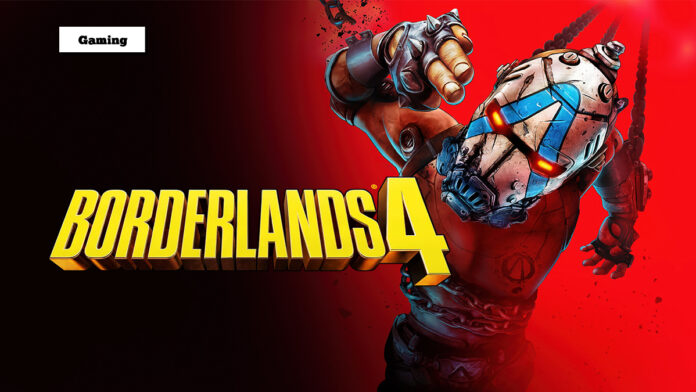Seeking out a game that blends my two favorite game genres, namely the (J)RPG and first-person shooter (FPS), has always been exciting. Game developers seek to experiment with blending two (or more) genres in a blend of harmony that will make gamers remember it forever. The Borderlands series does a great job of this, and even throws in a hefty dose of humor to keep things cool in the heat of battle. As the shining example of the “looter-shooter” genre, can Borderlands 4 keep gamers happy while innovating enough to keep them wanting more?
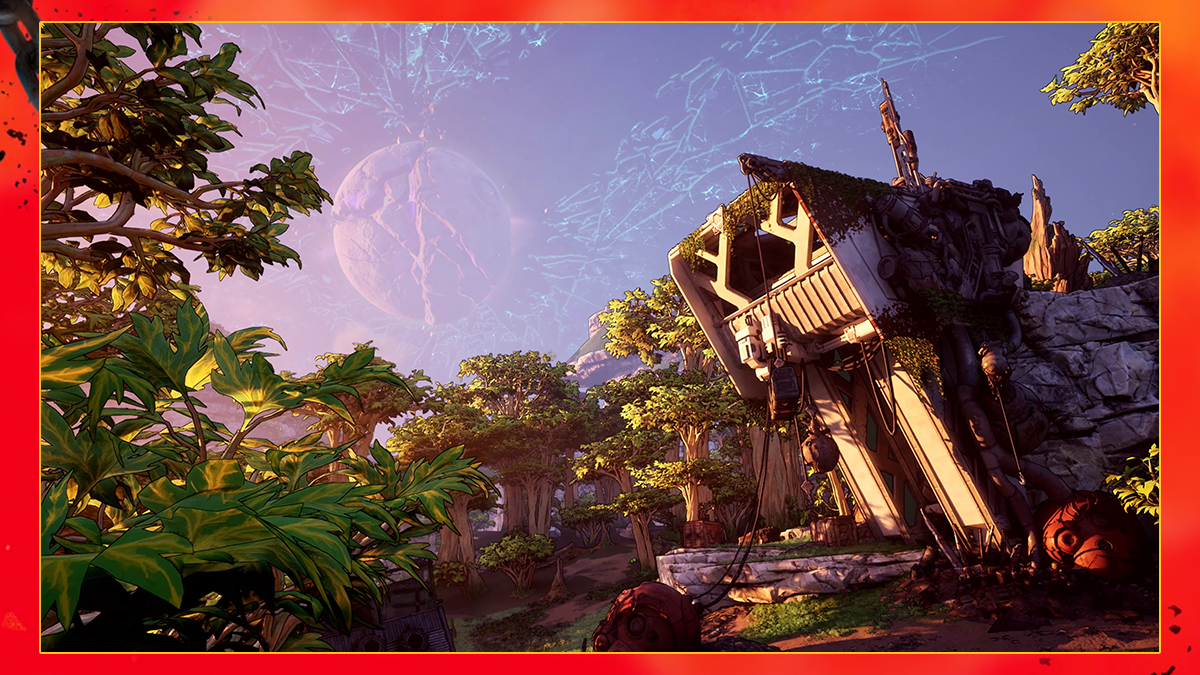
Borderlands 4 brings us to a new planet, Kairos, where players must confront the Timekeeper, who reigns supreme over the planet in Dominion City. A brand new set of Vault Hunters appears on the planet and joins forces with the Crimson Resistance to revolt against the Timekeeper. The planet is divided into four regions: the Fadefields, Carcadia Burn, the Terminus Range, and Dominion City, home of the Timekeeper himself.
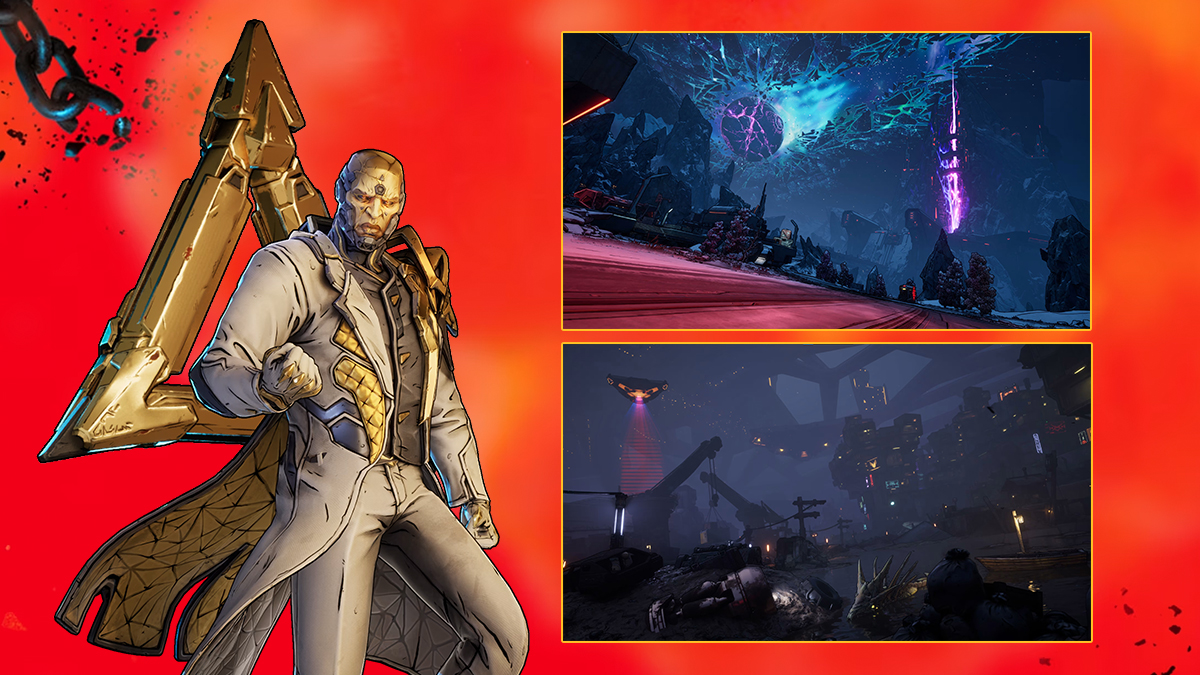
What gives Borderlands games their unique qualities is Gearbox Software’s eccentric approach to making this franchise—weird can be good if all else comes together just right. Certainly, the humor may not appeal to everyone reading this. Still, you can’t help but laugh at all the random dialogue, appearance of the characters, and the ridiculousness of the enemies in appearance and actions. You get to pick from one of four Vault Hunters, and this largely depends on your playstyle. I went with Harlowe because manipulating the laws of physics in a shooter game has always appealed to me. For those who like getting up close and personal, one might choose Amon. If you like to kill things mindlessly, then Vex is a great choice; those who are into hit-and-run tactics might choose Rafa as he can quickly flee from battles.
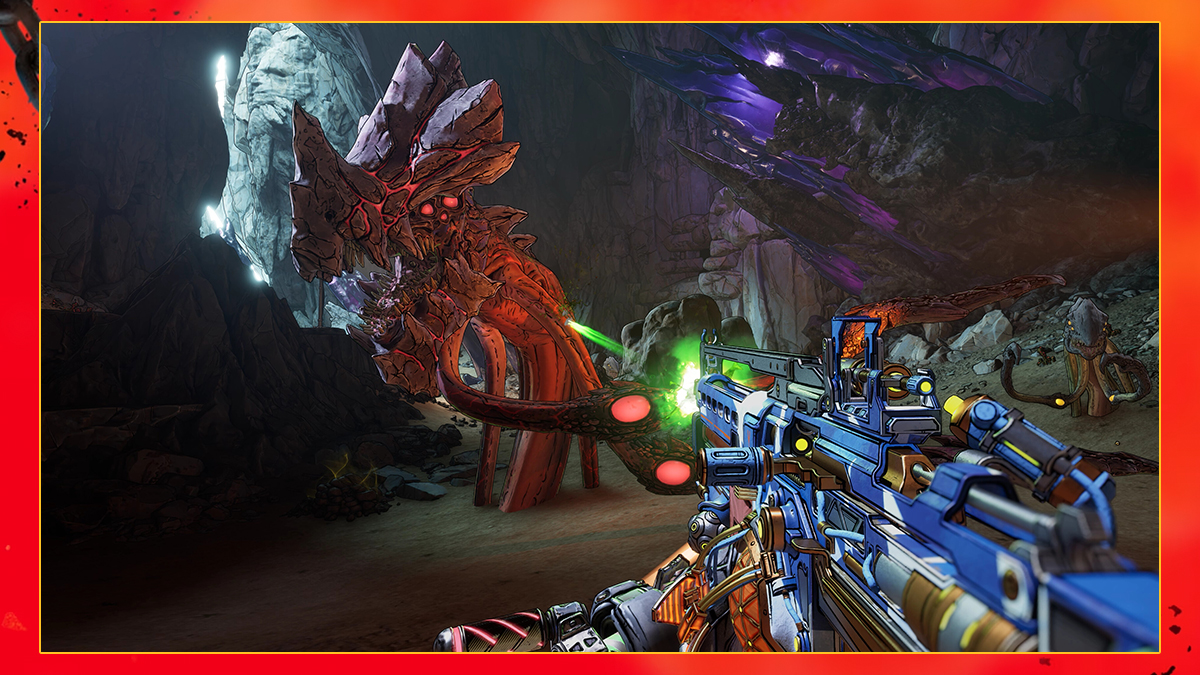
The playstyle remains similar to previous installments, but some great quality-of-life changes and new abilities make the game more enjoyable. You can switch weapons quickly with the new weapon wheel, bringing more fluidity to combat. You can also dash and double jump, which is a huge boon for Rafa players as his toolkit relies a lot on hit-and-run tactics. A feature many will enjoy is the ability to reset boss battles, allowing you to gain lots of HP and farm rare items, but this is only available after you complete the main story.
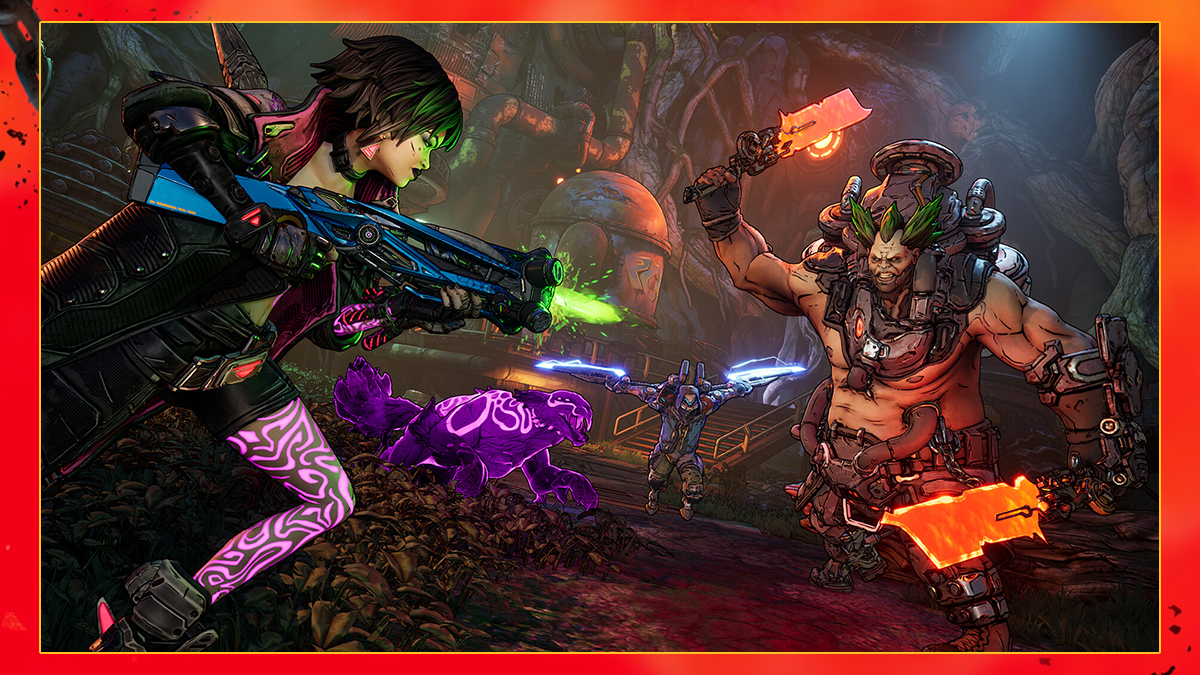
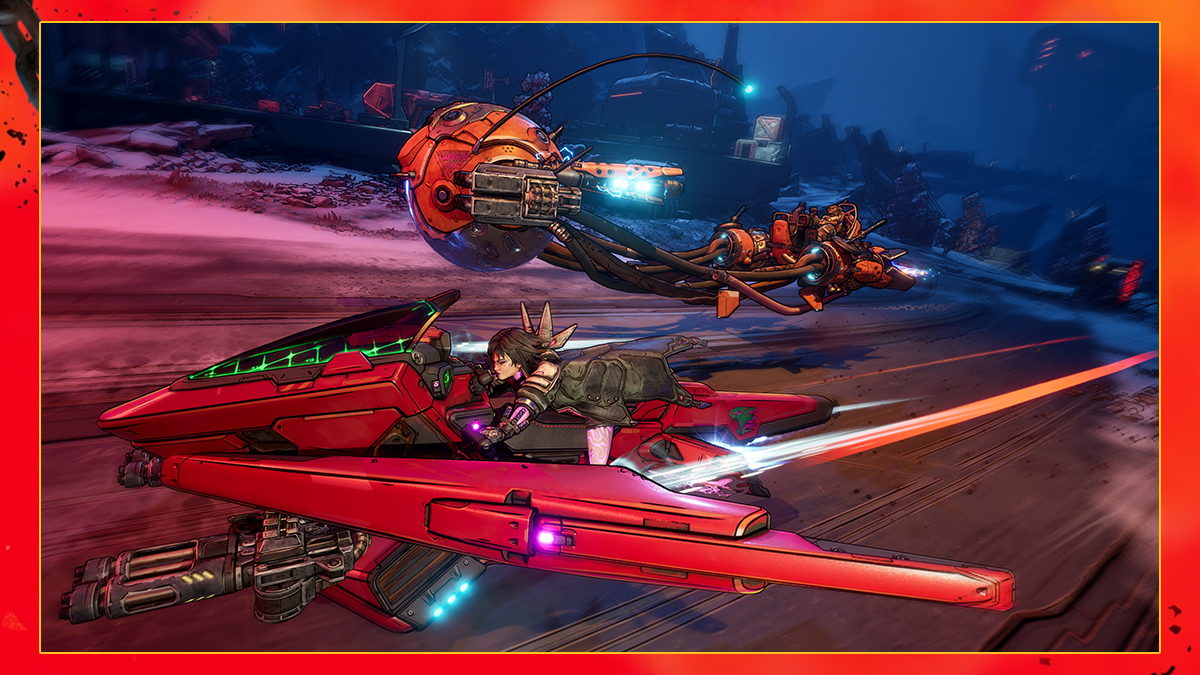
One of my favorite new features is repkits, which allow you to heal during battle instead of trying to find health packs elsewhere. You can also summon vehicles to your location when you explore Kairos instead of hunting down Catch-A-Ride stations, which can get you somewhere if you’re lost (or impatient). You can even swap difficulties mid-game, which will allow you to take it easy or challenge you at your own discretion. There are also some smaller changes, such as a combat radar and a hologram path. The combat radar helps you strategize what will happen next.
One of my main complaints about the game is that it heavily leans into the looter aspect way too hard: for every awesome piece of loot you get, expect dozens of terrible items. This is not unique to the franchise or even video games themselves, but thankfully, the loot management system makes sure that inventory bloat doesn’t make this experience worse. The encounter rate is also ridiculous, but as someone who is used to playing and reviewing difficult games, it didn’t faze me in particular. I would understand if newer players did get frustrated with waves upon waves of enemies coming at you, but that’s simply what the Borderlands experience is.
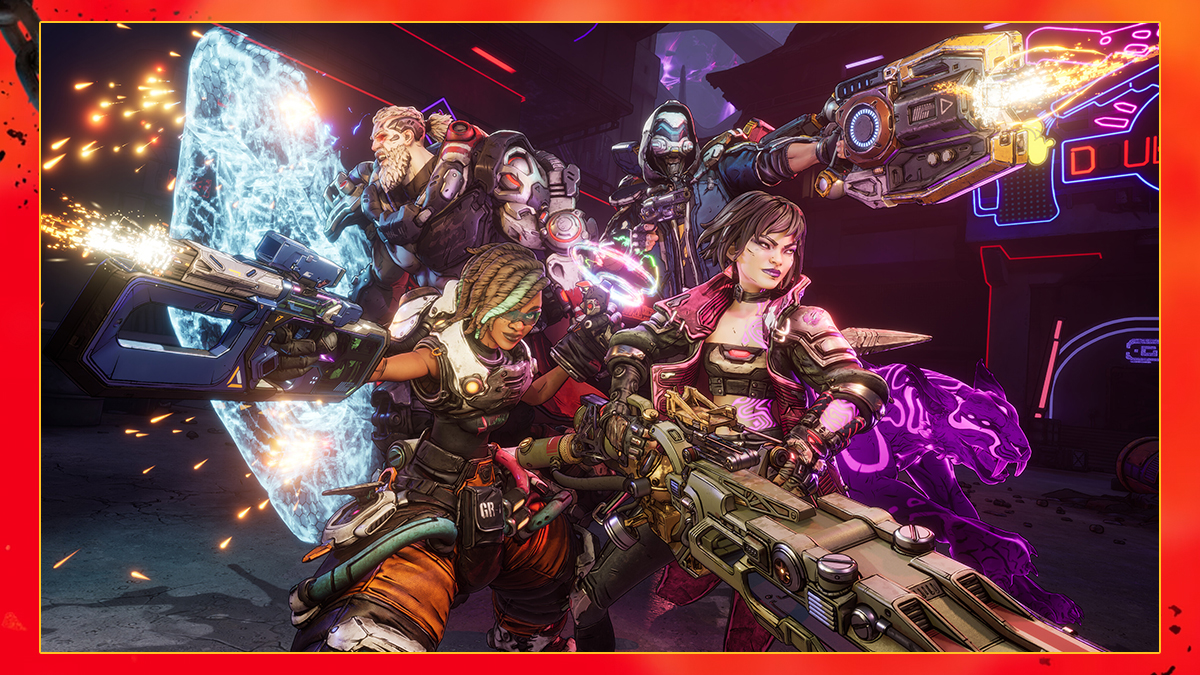
The question remains: is it still the Borderlands experience we all know and love? In my nearly two decades of reviewing games, games in successful franchises can add new features to make them look like entirely different games and experiences, some for the better (think Final Fantasy VII) or worse (Command & Conquer 4). In this case, the experience is rather varied and fun, and you can wildly experiment with what you have available. This makes this installment of Borderlands a return to form, even if it has many new additions to the game.
Developer(s): Gearbox Software
Publisher(s): 2K Games
Platform(s): PC, PlayStation 5, Xbox Series X/S, Nintendo Switch 2
Words by Jose Alvarez
Also published in GADGETS MAGAZINE Volume 26 Issue No. 3
